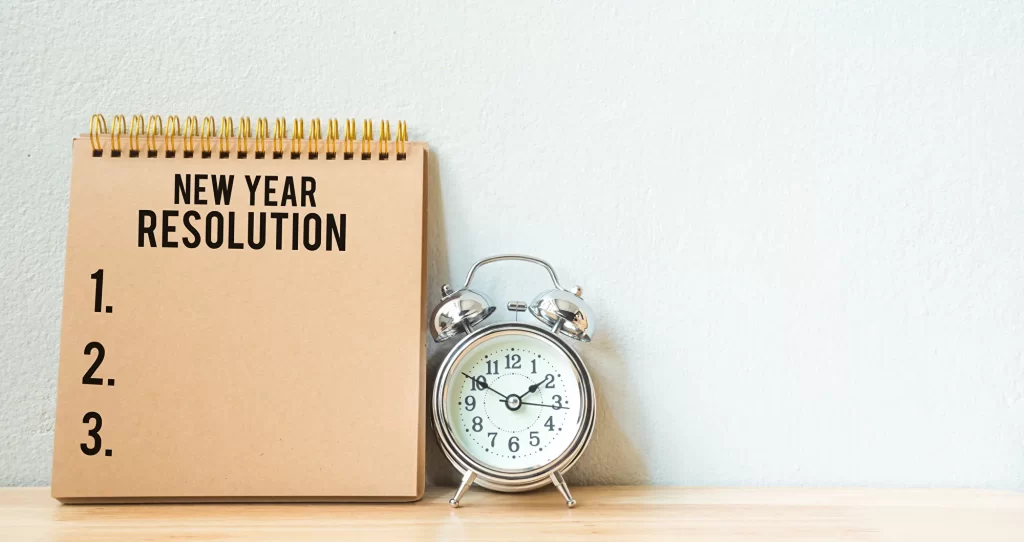For years, stress and pressure have been hailed as essential for success, often portrayed as the fire that forges greatness. But what if these forces aren’t the secret to high performance? What if they’re the very obstacles that hold us back?
Although often used interchangeably, stress and pressure are fundamentally different. Stress arises from a perceived lack of resources, where demands seem greater than our capacity to meet them. Pressure, on the other hand, stems from a fixation on outcomes—the consequences of success or failure.
While they are often believed to be inevitable, or even necessary for good performance, the truth is that both stress and pressure hinder our ability to perform at our best. They sap energy, cloud focus, and disrupt effective action.
The real key to thriving in high-stakes environments lies not in managing stress or pressure but in eliminating them while, at the same time, cultivating optimal arousal—a heightened state of readiness that sharpens focus and energizes performance.
Understanding Stress, Pressure, and Arousal
What is Stress?
Stress is the byproduct of a perceived imbalance between demands and capabilities. According to Lazarus and Folkman’s transactional model, stress emerges when two factors collide:
- Threat Perception: The situation is viewed as hazardous, demanding, or overwhelming.
- Resource Evaluation: We believe we are unprepared, under-equipped, or simply unable to address the challenge.
This imbalance activates the stress response, triggering cortisol and adrenaline production. While these chemicals can momentarily enhance alertness, they often lead to anxiety, scattered thinking, and diminished performance.
What is Pressure?
Pressure isn’t about lacking resources—it’s about high stakes. It grows from our focus on what’s at risk, whether a crushing failure or a monumental success.
- “If I fail, I’ll never get the promotion.”
- “If I succeed, the promotion is guaranteed.”
Such thoughts shift attention away from the task at hand to potential outcomes. This emotional fixation muddles clarity, undermines focus, and makes effective performance harder.
Arousal: The True Key to Performance
Arousal refers to a state of mental and physical activation that primes us for action. Unlike stress or pressure, arousal isn’t tied to inadequacies or outcomes—it’s about readiness, about mental and physical energy activation levels. However, balance is crucial.
The relationship between arousal and performance essentially follows an inverted U-curve. Too little arousal results in apathy and disengagement. Too much leads to overwhelm and loss of focus. Peak performance occurs in the “sweet spot,” where arousal fuels clarity, energy, and adaptability.
Strategies to Eliminate Stress and Pressure While Optimizing Arousal
1. Reframe Challenges
Viewing situations as opportunities rather than threats diminishes stress and pressure while fostering excitement and engagement.
Implementation: Replace thoughts like “What if I fail?” with “What can I learn from this?” or “How can I improve from this?” This mindset disengages our “threat” response and replaces it with an excitement that helps us lean into the situation.
2. Anchor Attention to the Present
Pressure intensifies when our attention lingers on outcomes and consequences. Focusing on the present eliminates distractions, enhances clarity, and ensures that we are engaged fully and completely in task-relevant behaviors.
Implementation: Practice mindfulness techniques such as grounding exercises or deep breathing. Ask yourself, “What’s the most important thing right now? What do I need to do in this moment to maximize the likelihood of success?” This shifts attention to immediate tasks, ensuring productive energy.
3. Leverage Experience
Experience reduces stress by building confidence and resources. It also reframes pressure by providing perspective on outcomes, highlighting that most challenges are recoverable.
Implementation: Regularly pursue progressively challenging opportunities. Reflect on past successes to bolster confidence and learn from setbacks to grow stronger.
4. Adopt the PhaseX Framework
The PhaseX Framework offers a comprehensive approach to manage stress and pressure by optimizing arousal across preparation, execution, and recovery.
Overview of Phases:
- Build Foundations: Strengthen skills and resources to handle challenges with confidence.
- Transition to Readiness: Use visualization and grounding routines to align mental and physical readiness.
- Maintain Performance: Apply self-monitoring techniques like tactical breathing to sustain focus.
- Recover and Reflect: Prioritize recovery and reframe outcomes to build resilience for future challenges.
Implementation: Follow the phases systematically, beginning with skill-building, aligning readiness, maintaining focus in action, and concluding with recovery and reflection to continually improve performance.
Conclusion
Stress and pressure may feel familiar—perhaps even motivating—but they’re not the ingredients for success. The benefits we associate with them stem from the arousal they occasionally trigger. Arousal, however, can be cultivated without the harmful side effects of stress and pressure.
By reframing challenges, staying present, leaning on experience, and applying the PhaseX framework, we can eliminate stress and pressure while optimizing arousal. When prepared, focused, and adaptable, high-stakes situations become opportunities for clarity, growth, and triumph.






